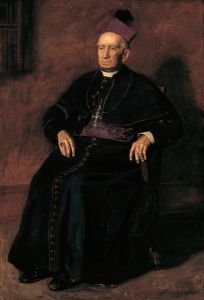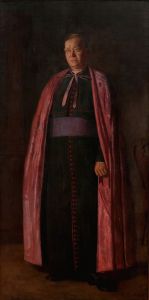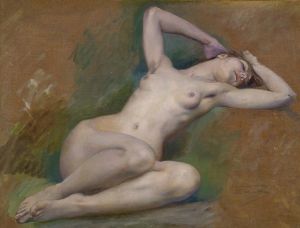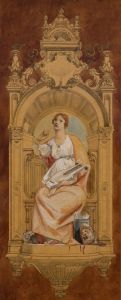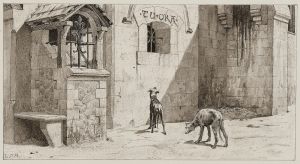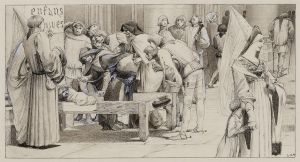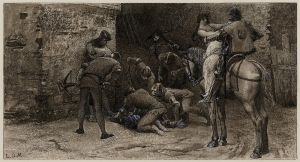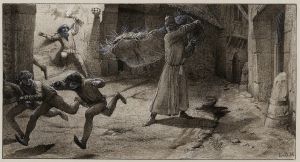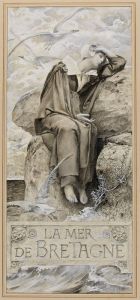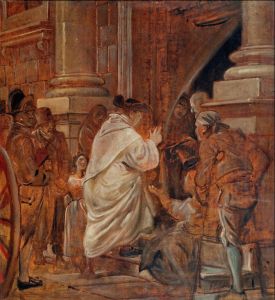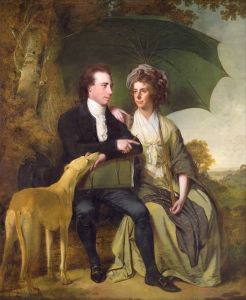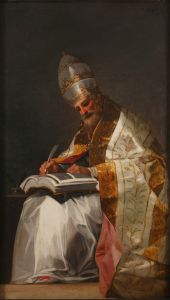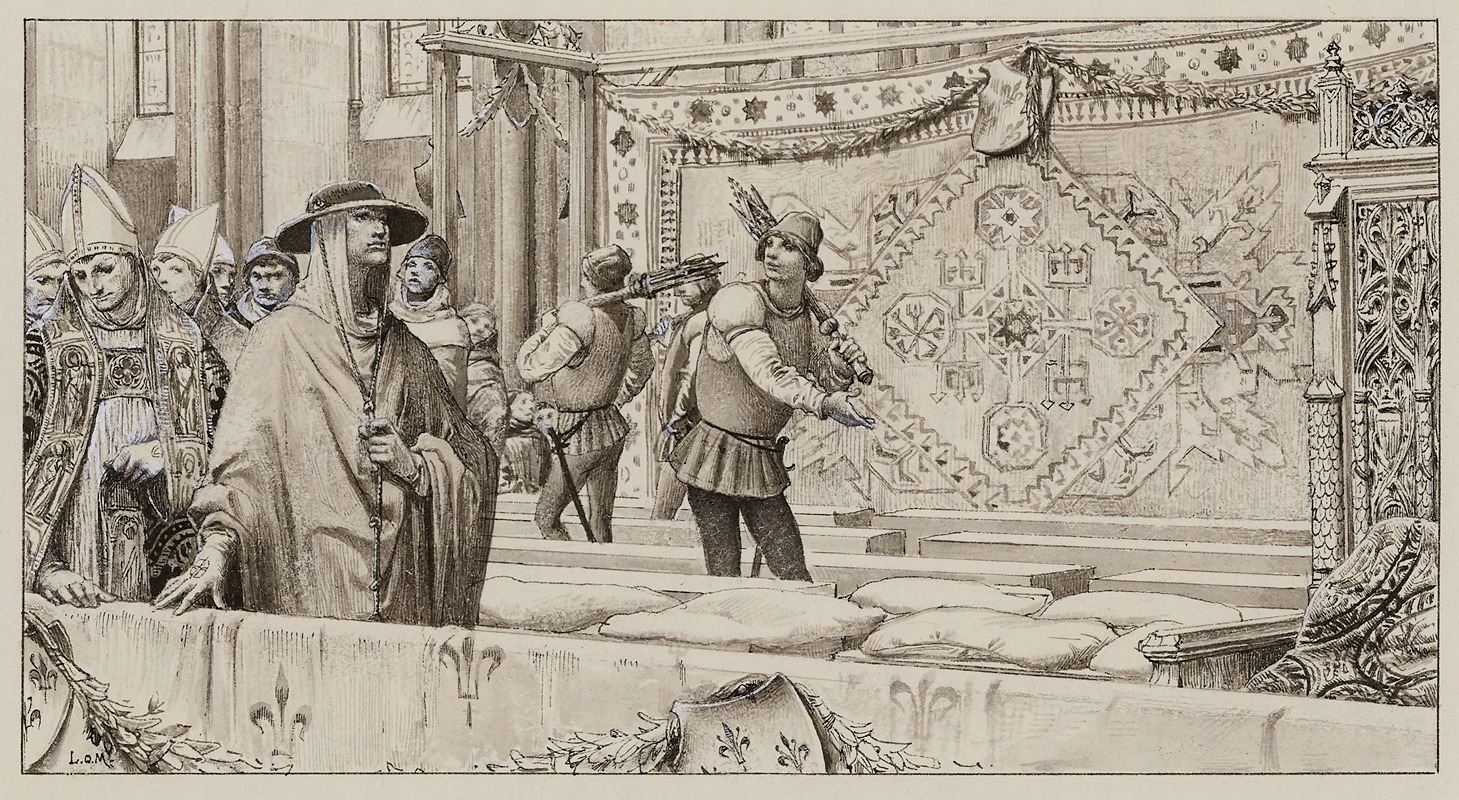
Monsieur le cardinal
A hand-painted replica of Luc-Olivier Merson’s masterpiece Monsieur le cardinal, meticulously crafted by professional artists to capture the true essence of the original. Each piece is created with museum-quality canvas and rare mineral pigments, carefully painted by experienced artists with delicate brushstrokes and rich, layered colors to perfectly recreate the texture of the original artwork. Unlike machine-printed reproductions, this hand-painted version brings the painting to life, infused with the artist’s emotions and skill in every stroke. Whether for personal collection or home decoration, it instantly elevates the artistic atmosphere of any space.
Luc-Olivier Merson was a notable French painter and illustrator, recognized for his contributions to the Symbolist movement in art. One of his works, "Monsieur le cardinal," exemplifies his unique style and thematic focus. Merson was born in Paris in 1846 and developed a career that spanned various forms of visual art, including painting, illustration, and design. He was a student of the École des Beaux-Arts in Paris and studied under respected artists such as Gustave Chassevent-Bacques and Isidore Pils.
"Monsieur le cardinal" is a painting that reflects Merson's interest in historical and religious themes, a common subject in his body of work. While specific details about the painting's creation, such as the exact year it was painted, are not widely documented, it is consistent with Merson's style during the late 19th and early 20th centuries. Merson's works often feature meticulous attention to detail and a strong narrative component, which can be seen in "Monsieur le cardinal."
The painting likely portrays a cardinal, a high-ranking official in the Catholic Church, which aligns with Merson's frequent exploration of religious figures and settings. His works are known for their dramatic use of light and shadow, as well as their ability to convey a sense of mystery and reverence. Merson's skill in rendering fabrics and textures would have been employed to depict the cardinal's elaborate vestments, a hallmark of ecclesiastical attire.
Merson's career was marked by several accolades, including the prestigious Prix de Rome in 1869, which allowed him to study at the Villa Medici in Rome. This experience influenced his artistic development and deepened his appreciation for classical and Renaissance art, elements of which can be seen in his later works, including "Monsieur le cardinal."
In addition to painting, Merson was a prolific illustrator, contributing to various publications and projects. He designed postage stamps and banknotes, showcasing his versatility as an artist. His work on the design of the French 50 Franc banknote, featuring the image of the renowned scientist Louis Pasteur, is particularly notable.
Merson's contributions to the arts were recognized during his lifetime, and he was made a member of the Académie des Beaux-Arts in 1906. His legacy continues to be appreciated for its artistic merit and the way it captures the spirit of the Symbolist movement. "Monsieur le cardinal," like many of Merson's works, invites viewers to contemplate the intersection of the sacred and the artistic, offering a window into the cultural and religious milieu of his time.
While detailed information about "Monsieur le cardinal" specifically may be limited, Luc-Olivier Merson's broader oeuvre provides valuable insight into the themes and techniques that define his artistic legacy. His work remains a testament to the rich tradition of French art in the late 19th and early 20th centuries.





